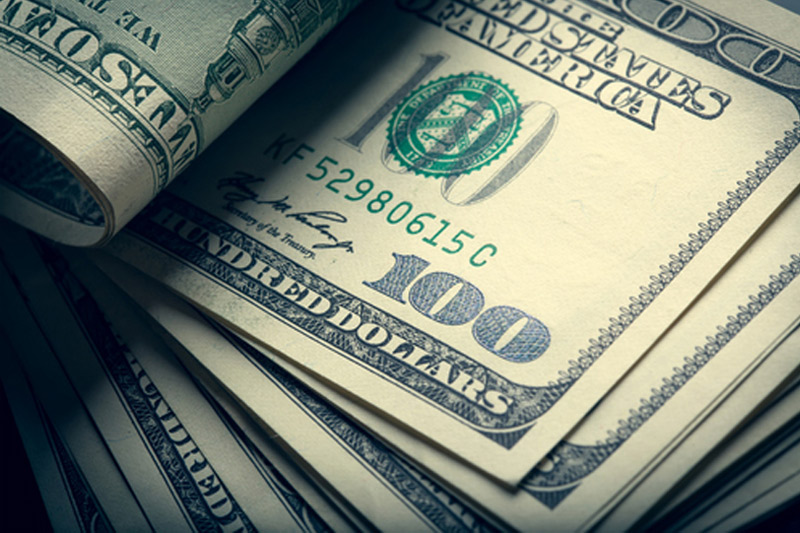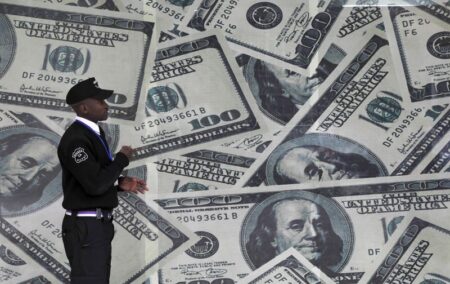(Corrects penultimate paragraph to clarify Israel has neither confirmed nor denied any role in al-Arouri’s death)
By Harry Robertson and Rae Wee
LONDON/SINGAPORE (Reuters) -The U.S. dollar rose again on Wednesday after jumping the previous day, underpinned by elevated U.S. Treasury yields and a cautious turn that weighed on Wall Street.
Trading was relatively subdued, with Japanese markets shut for a holiday and investors waiting for important U.S. economic releases later in the day, including minutes from the Federal Reserve’s December meeting.
The euro was last down 0.2% against the dollar at $1.092, its lowest since Dec. 19. It fell 0.95% on Tuesday in its biggest daily drop since July.
That helped push the , which tracks the currency against six major peers, up 0.22% to 102.47, building on Tuesday’s 0.86% increase.
A drop in inflation and a dovish tilt in the Federal Reserve’s December policy meeting fuelled bets for U.S. rate cuts in 2024, toppling the greenback and sparking a rally in Treasuries and stocks in November and December. The dollar index hit a five-month low of 100.61 last week.
Those trends failed to carry over into the New Year, with the and closing lower on their first trading session of 2024, dragged down by big tech names [.N]. Treasury yields jumped as prices fell, boosting the attractiveness of U.S. debt and propelling the dollar higher on Tuesday.
“I think that what happened in the latter half of December was just not justified,” said Alvin Tan, head of Asia FX strategy at RBC Capital Markets.
“The markets got carried away with this view of imminent Fed cuts in the first quarter, that took the dollar off. So I do think that this reversal can carry on for a bit longer.”
The greenback was last up 0.61% against Japan’s yen at 142.84, adding to the previous day’s 0.82% gain.
FED MINUTES
Investors will scrutinise the minutes from the Fed’s December meeting, due at 1900 GMT (2 p.m. ET), for any hints about how many rate cuts the central bank will actually carry out this year.
Before that, data on U.S. job openings for November and a survey-based gauge of the manufacturing sector could also move markets.
“As more people come back it will be more about the data,” said RBC’s Tan.
The New Zealand dollar, often seen as a proxy for risk appetite, was last 0.13% lower at $0.6244.
Sterling was last flat at $1.2622. It slid 0.87% in the previous session, its sharpest daily fall in nearly three months.
Analysts said the risk-off mood was also in part driven by concerns over escalating geopolitical tensions, after Hamas deputy leader Saleh al-Arouri was killed in a drone strike in Lebanon’s capital Beirut on Tuesday. Lebanese and Palestinian security sources blamed his death on Israel, which has neither confirmed nor denied responsibility.
“I suspect that markets (are) starting the year with finding it hard to completely ignore geopolitics,” said Ray Attrill, head of FX strategy at National Australia Bank (OTC:).
Read the full article here












